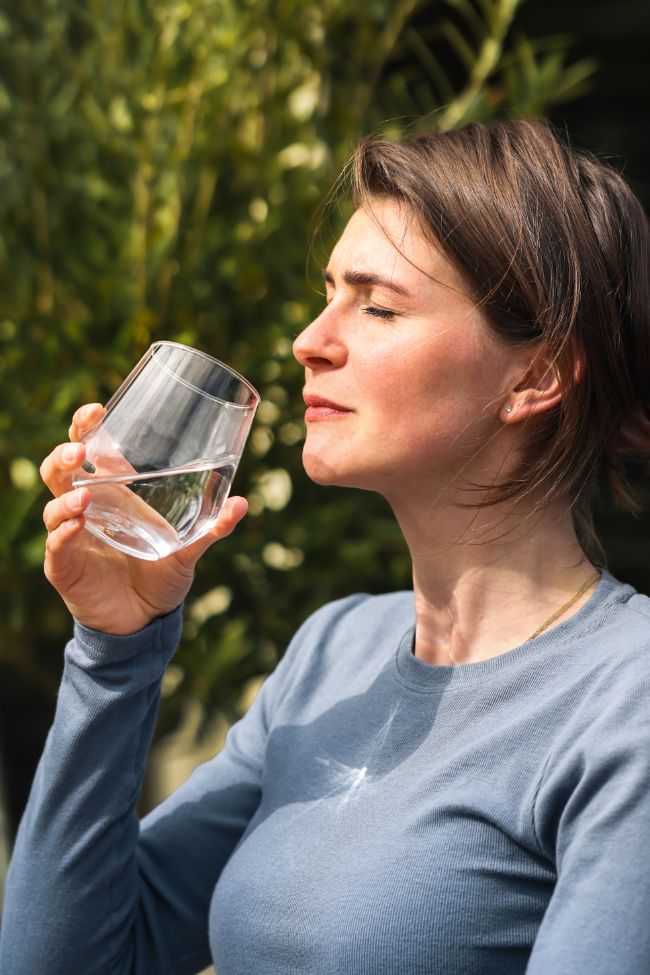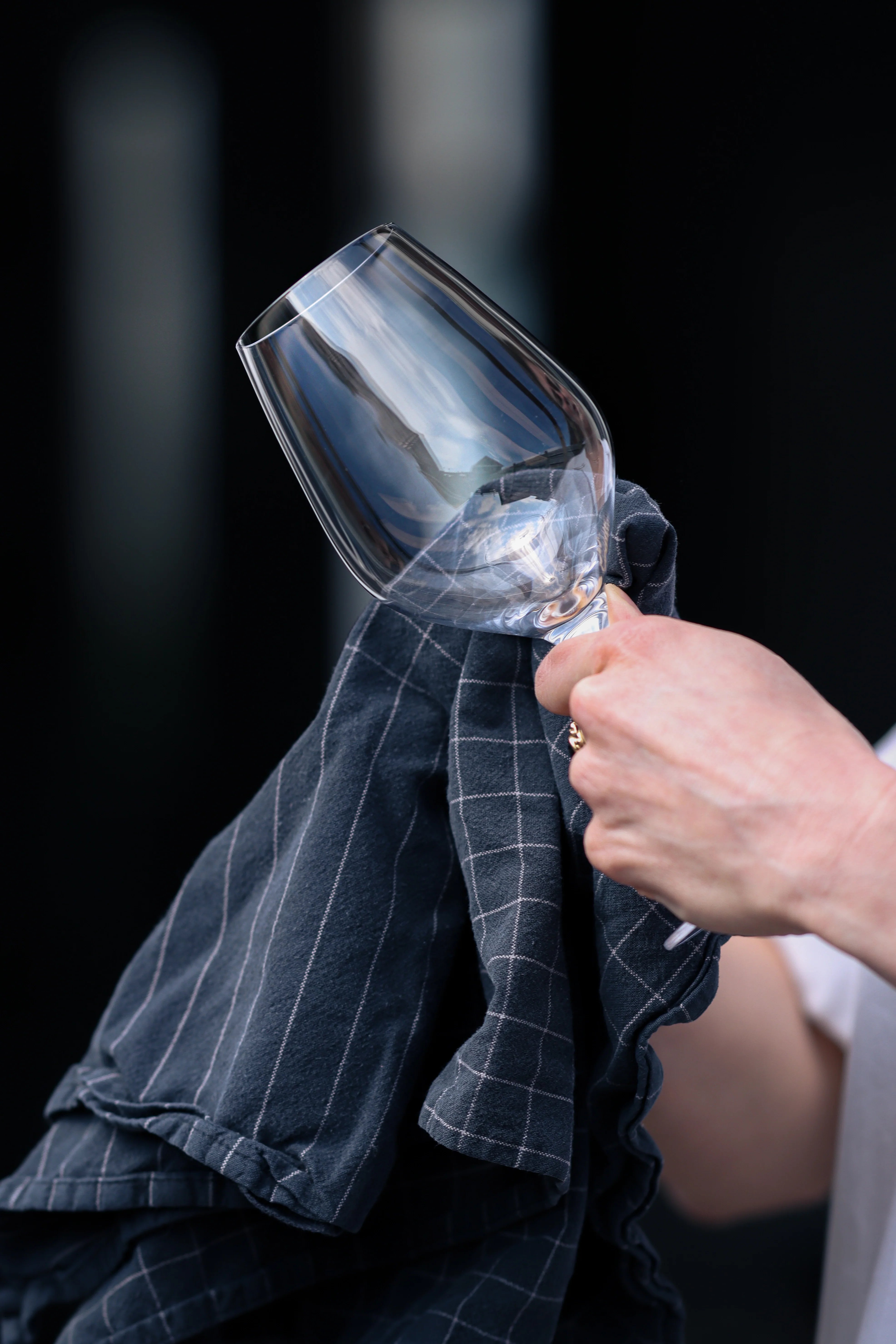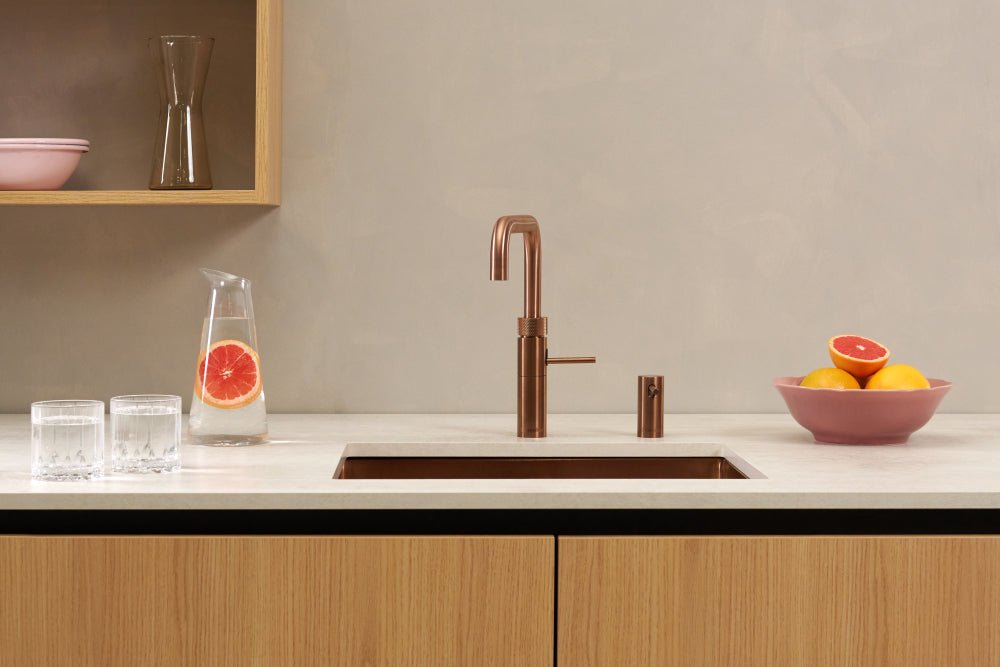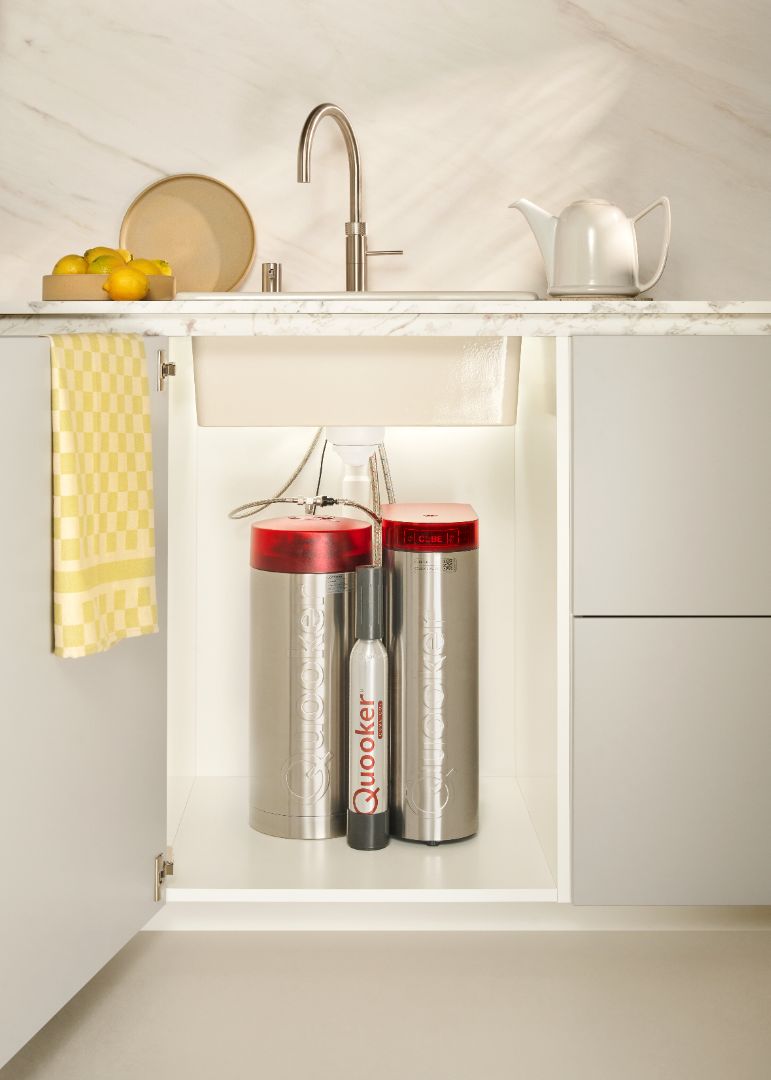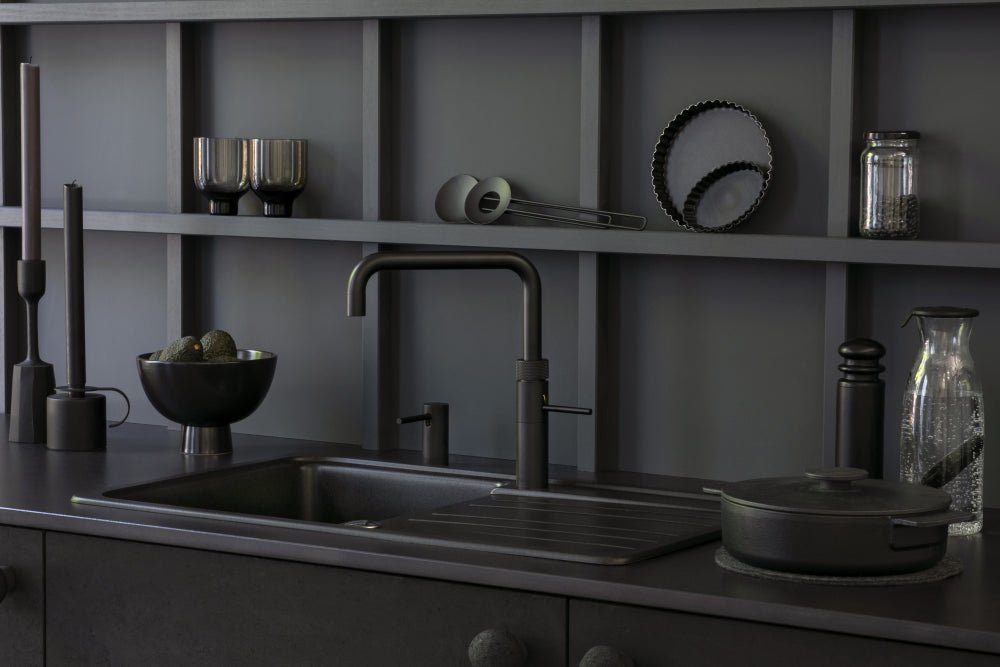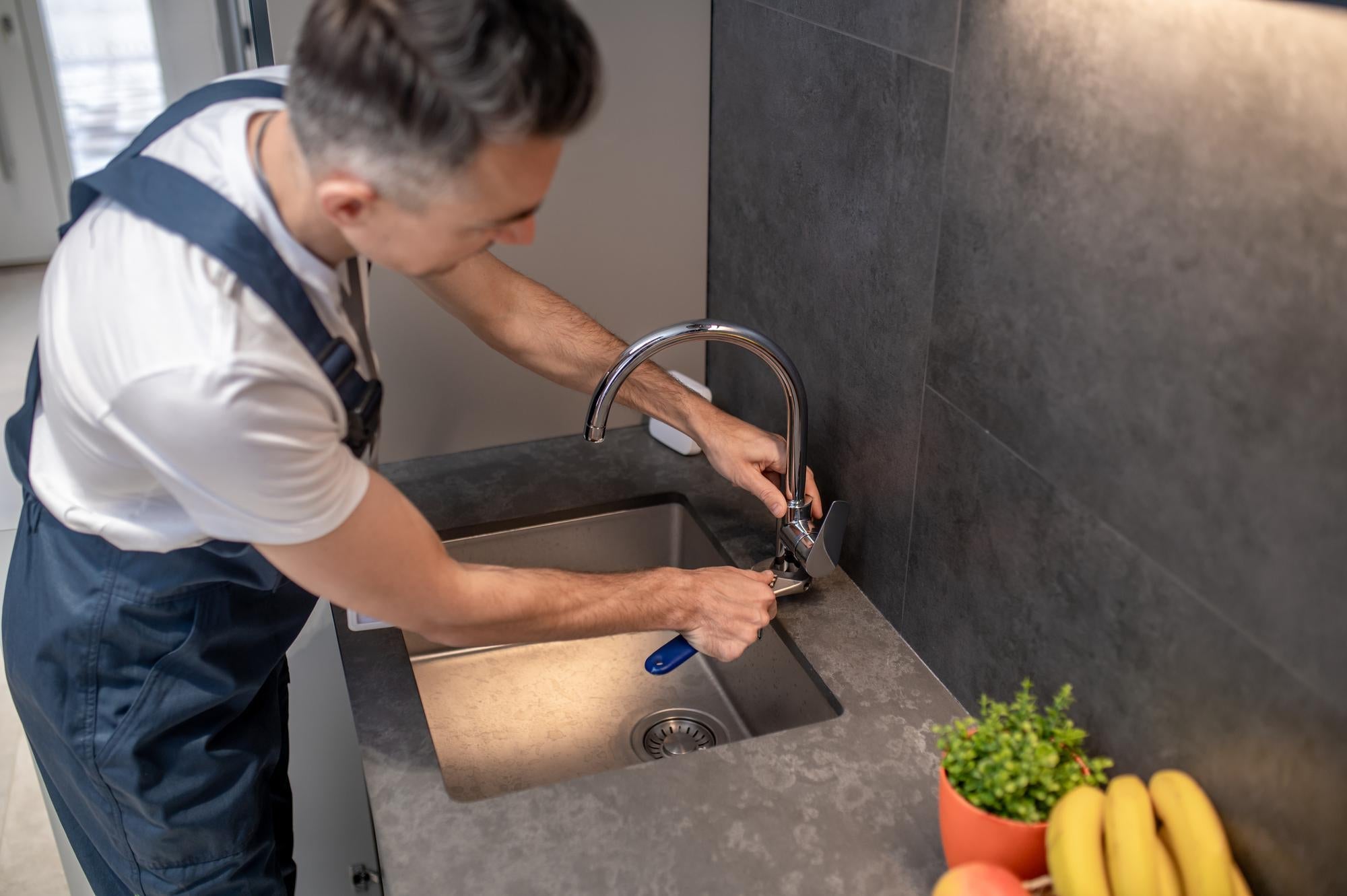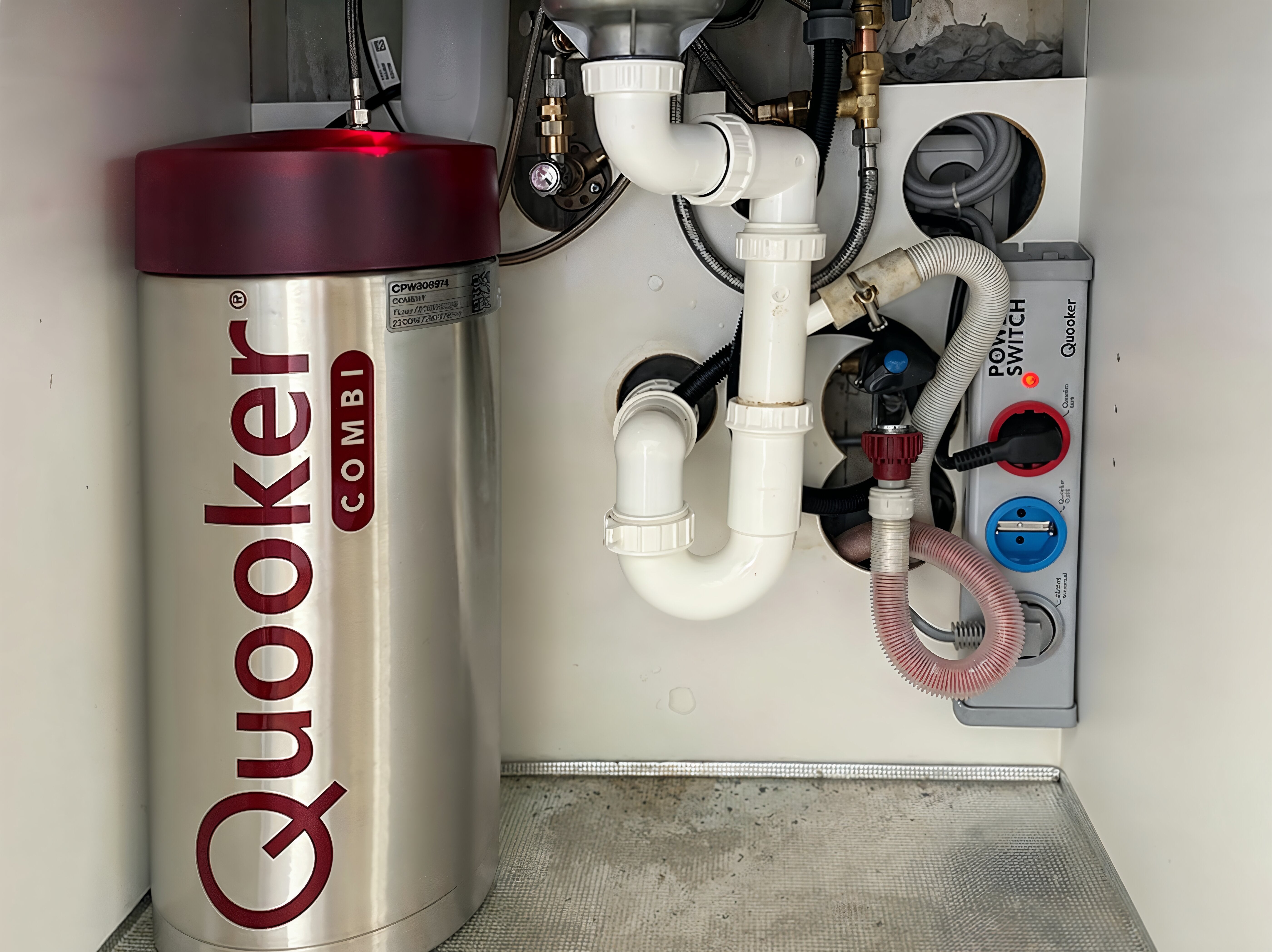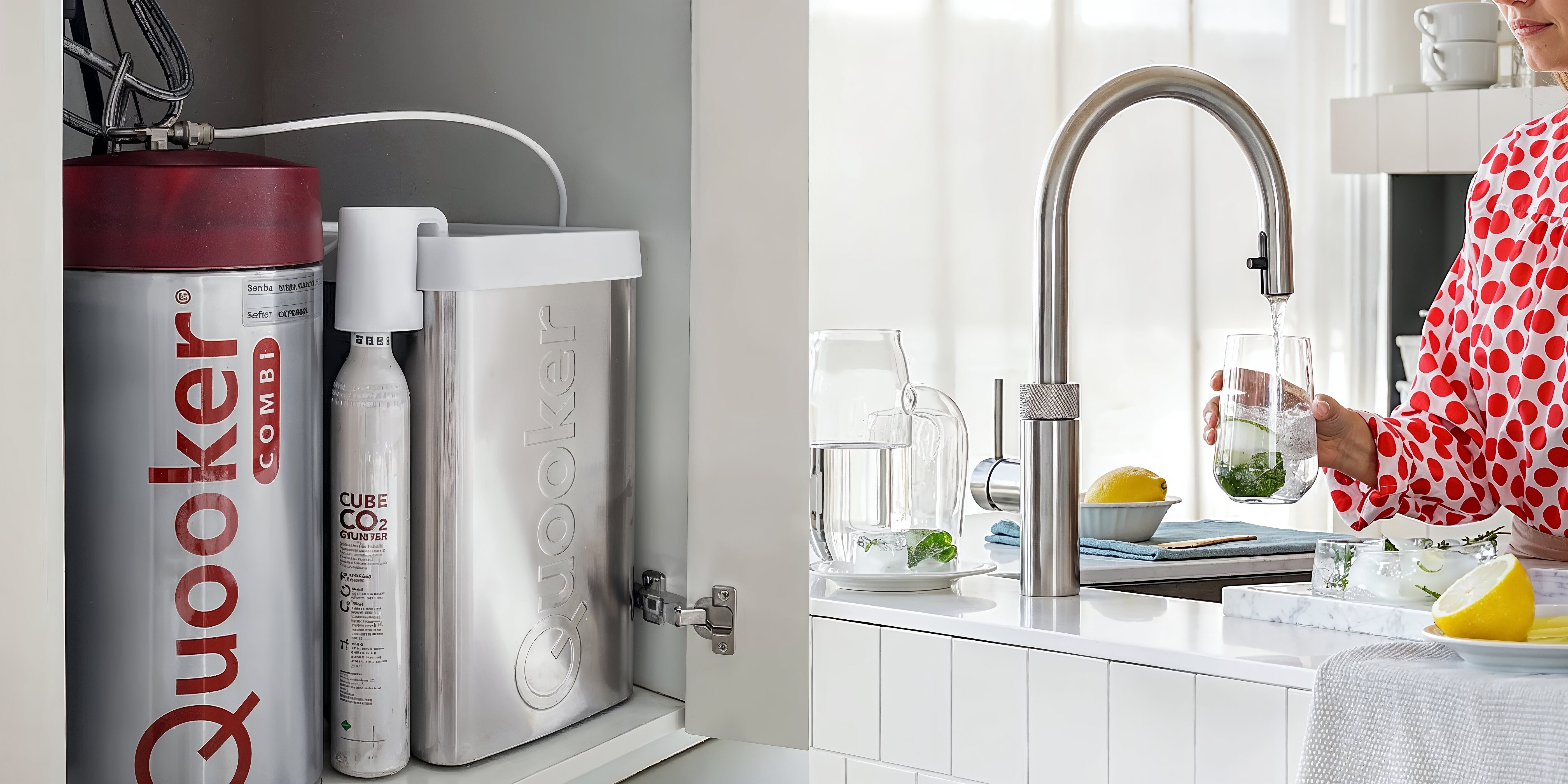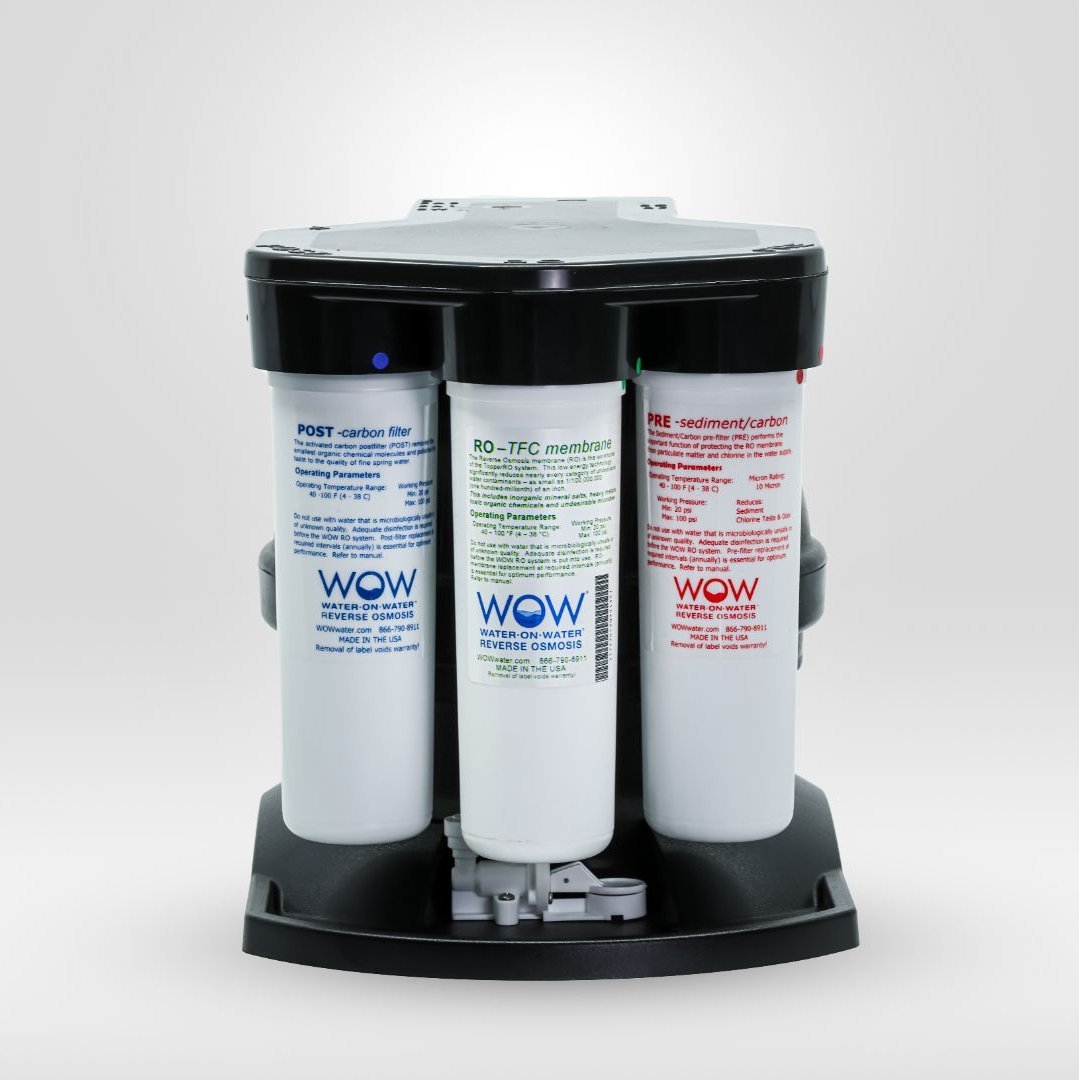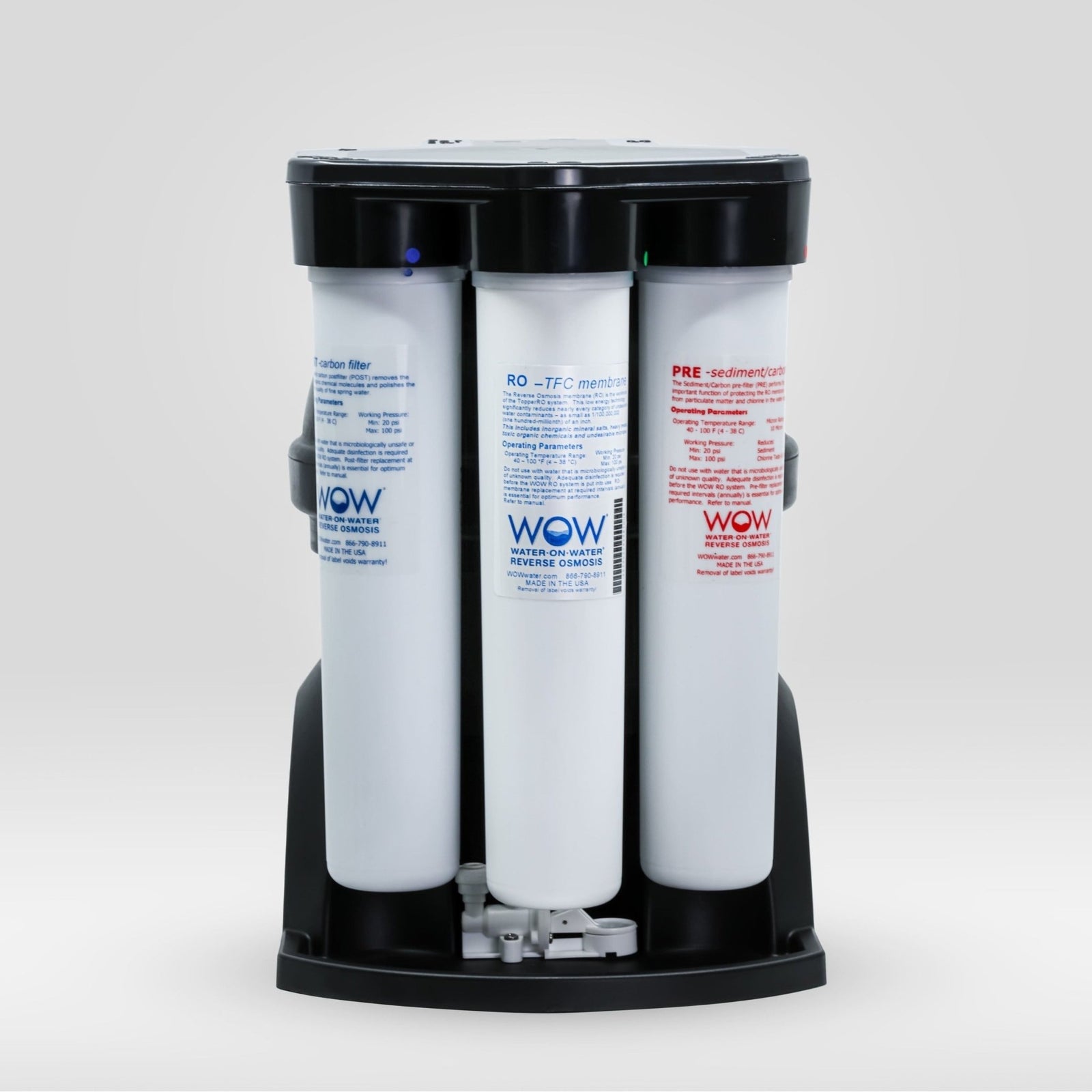Modern water purification systems are capable of filtering a wide range of contaminants from drinking water, including various types of bacteria and microorganisms. But what about viruses? These microscopic pathogens pose a specific challenge for water filtration. Reverse osmosis systems can remove up to 99% of unwanted substances, including most viruses, thanks to their extremely fine membranes. Other techniques such as UV filtration can also be effective, but not all household water filters offer the same protection against viral contamination.
Which types of water purifiers are most effective against viruses?
Not all water filter systems are created equal when it comes to removing viruses from drinking water. Reverse osmosis technology offers one of the most effective methods for virus filtration. These systems utilize a semi-permeable membrane that allows only water molecules to pass through, trapping virtually all contaminants, including viruses. The membrane has microscopic pores (approximately 0.0001 microns), which are smaller than most viruses (0.02-0.4 microns).
UV filtration is another effective method for neutralizing viruses. Instead of physically removing viruses, UV filtration uses ultraviolet light to damage the DNA of viruses, preventing them from multiplying and causing infections. This chemical-free method is particularly effective against microorganisms.
Activated carbon filters, while excellent for removing chlorine, pesticides, and organic matter, are less effective against viruses. These filters have pores that are too large to stop most viruses.
| Filter system | Effectiveness against viruses | Advantages | Disadvantages |
|---|---|---|---|
| Reverse osmosis | Very high (up to 99%) | Removes virtually all contaminants, improves taste | Higher water consumption, slower filtration process |
| UV filtration | High | Chemical-free, energy-efficient | Inactivates but does not physically remove, requires clear water |
| Activated carbon | Low | Improves taste, removes chlorine | Not effective against most viruses |
| Combination systems | Very high | Multiple filtration barriers, optimal protection | Higher purchase costs, more maintenance |
For the most comprehensive protection, combination systems like The Source offer a multi-layered approach. These systems integrate various filtration methods, such as a pre-filter for larger particles, a reverse osmosis membrane for viruses and other microscopic contaminants, and sometimes a UV lamp for added protection. This ensures virus-free water with optimal taste.
How can you check if your water purifier is effectively filtering viruses?
Verifying the virus filtration effectiveness of your water filter system is essential for your peace of mind and health. Certifications are a reliable indicator. Look for systems that meet strict standards such as NSF/ANSI 58 for reverse osmosis systems. These certifications guarantee that the system has been tested and proven effective against specific contaminants, including viruses.
Regular maintenance is crucial for the continued effectiveness of your water purifier. For reverse osmosis systems, this means:
- Replace pre-filters approximately every 6-12 months
- Change the RO membrane every 2-3 years
- Replace after-filters according to the manufacturer's recommendations
A TDS (Total Dissolved Solids) meter can be a useful tool for monitoring overall filter performance. While it doesn't specifically measure viruses, a sudden increase in TDS levels can indicate that your filter isn't functioning optimally. At PureAqua, we offer TDS meters that allow you to easily test water quality.
Look for these signs that your filter needs replacing:
- Reduced water flow or pressure
- Change in taste or smell of the water
- Visible particles in the filtered water
- The system is making unusual noises
- It has been longer than the recommended period since the last filter change
For maximum protection against viruses, it's wise to have your water filter system checked regularly by professionals. They can perform advanced tests that go beyond what household measuring equipment can detect.
By choosing a high-quality reverse osmosis system like The Source, performing regular maintenance, and staying alert for signs of reduced performance, you can be sure your water purifier is providing effective protection against viruses and other unwanted substances in your drinking water.
